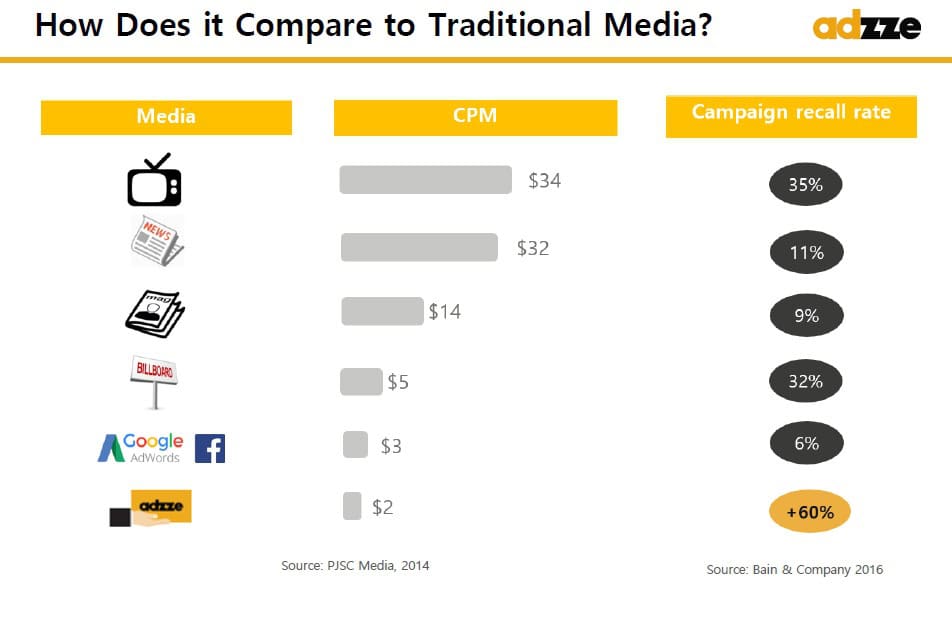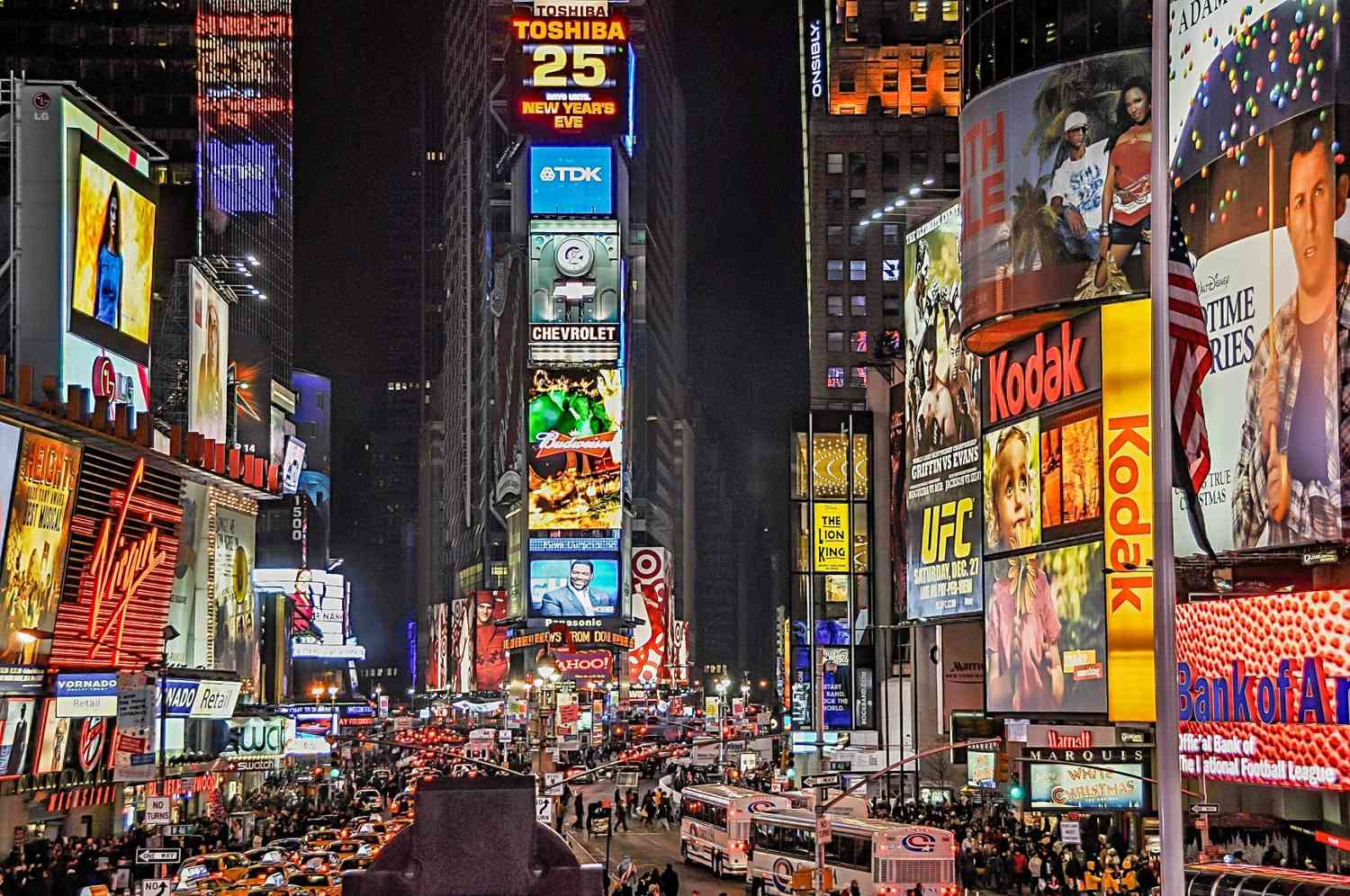Sign advertising has long been a cornerstone of outdoor marketing. However, as cities grow and regulations evolve, navigating the legal landscape for signage has become increasingly complex. For marketing professionals, those restrictions surrounding sign advertising can be daunting, making it less effective compared to in-hand advertising.
In this blog, we’ll explore why in-hand advertising emerges as a better option, offering flexibility, precision, and compliance-friendly strategies that overcome the challenges posed by the regulatory landscape of sign advertising.
Understanding Sign Advertising Regulations
 1. Zoning Laws and Restrictions
1. Zoning Laws and Restrictions
Zoning laws dictate where certain types of signage can be placed. These regulations often vary by city, state, and even specific neighborhoods. For example:
Commercial Zones: In these areas, larger, illuminated signs may be permitted, but restrictions could apply to their size or proximity to residential areas.
Residential Zones: Signage is often limited to non-commercial purposes, with strict controls on size and illumination.
Historic Districts: Some areas may prohibit modern signage to preserve historical aesthetics.
2. Permitting and Licensing Requirements
Before installing signage, marketers often need to obtain permits or licenses. These permits are typically issued by local government agencies and can involve:
Fees based on sign size, type, or duration.
Submission of design plans for approval.
Compliance checks to ensure adherence to local codes.
Failure to secure the proper permits can result in penalties, forced removal, or even legal action.
3. Size and Placement Regulations
Most jurisdictions impose restrictions on the size and placement of signs to ensure safety and maintain visual harmony. Common regulations include:
Height Limits: To prevent signs from obstructing views or becoming hazards during high winds.
Setback Rules: Requiring signs to be placed a certain distance from roads, sidewalks, or other public infrastructure.
Spacing Requirements: Preventing overcrowding of signs in a given area.
Case Example: In New York City, billboards in residential neighborhoods are heavily restricted to prevent visual clutter and maintain urban aesthetics.
4. Content Restrictions
Certain jurisdictions regulate the content displayed on signs to avoid misleading or offensive messaging. These restrictions may cover:
Prohibited language or imagery.
Regulations on political or religious content in public spaces.
Restrictions on promotional messaging in areas designated for informational purposes, such as hospitals or schools.
Compliance with these rules is crucial to avoid public backlash or legal challenges.
5. Environmental and Illumination Standards
Many regions are adopting stricter environmental standards for signage, particularly illuminated or digital signs. These rules aim to:
Reduce light pollution, particularly in residential or wildlife-sensitive areas.
Limit energy consumption by enforcing the use of LED or other energy-efficient technologies.
Restrict the brightness or operational hours of digital displays.
Why Legal Compliance in Sign Advertising Matters
1. Protects Your Investment
Non-compliance can lead to costly penalties, forced sign removals, or damage to your brand’s reputation. Staying within the law ensures that your advertising spend is protected.
2. Enhances Public Perception
Following regulations demonstrates your company’s commitment to ethical practices, improving public trust and brand loyalty.
3. Ensures Campaign Longevity
Compliant signage campaigns are less likely to face interruptions, ensuring a steady return on investment and achieving long-term marketing goals.
Why In-Hand Advertising Outshines Sign Advertising
In-hand advertising offers a significant advantage over sign advertising by ensuring direct, personal engagement with the target audience. Unlike static signage that relies on high-traffic locations and broad visibility, in-hand advertising delivers the message directly into the consumer’s hands, creating an intimate and memorable interaction. For example, coffee sleeves, hotel key cards, or even shopping carts ensure that the advertisement accompanies the customer during their routine activities, increasing exposure time and recall. Furthermore, in-hand advertising allows for hyper-localized targeting, ensuring your brand reaches the right audience in specific contexts, such as doctor’s offices, pharmacies, or gyms. This focused approach not only enhances engagement but also improves ROI by reducing wasted impressions on uninterested audiences—an inherent limitation of traditional sign advertising. For businesses seeking impactful and results-driven campaigns, in-hand advertising is a superior alternative that combines precision, personalization, and practicality.

The Effectiveness of In-Hand Advertising Compared to Sign Advertising
 In-hand advertising surpasses sign advertising in effectiveness by offering a direct and personal connection with the audience. While sign advertising relies on visibility in high-traffic areas, it often struggles with engagement and relevance. In contrast, in-hand advertising ensures targeted delivery, putting the brand message directly into the consumer’s hands in a context that resonates with their daily lives. For instance, pharmacy bags, hand sanitizers, and prescription bags allow brands to seamlessly integrate their message into health-focused environments, where trust and attention are naturally higher. Additionally, in-hand advertising has a longer exposure time; a consumer interacting with a branded pharmacy bag is likely to carry it for hours, reinforcing the message repeatedly. This targeted, tangible, and practical approach makes in-hand advertising a much more impactful solution, delivering better recall rates and engagement compared to the passive nature of traditional sign advertising.
In-hand advertising surpasses sign advertising in effectiveness by offering a direct and personal connection with the audience. While sign advertising relies on visibility in high-traffic areas, it often struggles with engagement and relevance. In contrast, in-hand advertising ensures targeted delivery, putting the brand message directly into the consumer’s hands in a context that resonates with their daily lives. For instance, pharmacy bags, hand sanitizers, and prescription bags allow brands to seamlessly integrate their message into health-focused environments, where trust and attention are naturally higher. Additionally, in-hand advertising has a longer exposure time; a consumer interacting with a branded pharmacy bag is likely to carry it for hours, reinforcing the message repeatedly. This targeted, tangible, and practical approach makes in-hand advertising a much more impactful solution, delivering better recall rates and engagement compared to the passive nature of traditional sign advertising.





